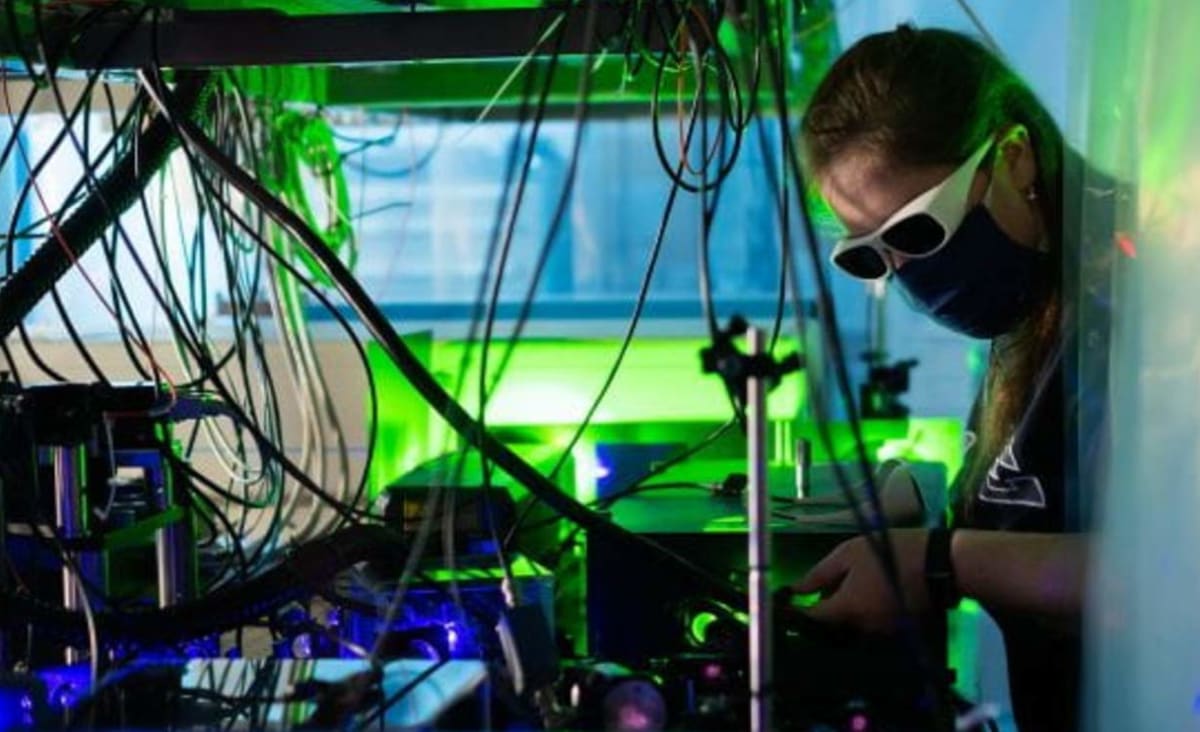
www.goodnewsnetwork.org
How Scientists are Managing to Trap the World's Coldest Plasma in a Magnetic Bottle
Physicists at Rice University have discovered a way to trap the world's coldest plasma in a magnetic bottle.
Science & Tech
Physicists have discovered a way to trap the world’s coldest plasma in a magnetic bottle, a technological achievement that could advance research into clean energy, space weather, and astrophysics.
“To understand how the solar wind interacts with the Earth, or to generate clean energy from nuclear fusion, one has to understand how plasma—a soup of electrons and ions—behaves in a magnetic field,” said Rice Dean of Natural Sciences Tom Killian.
Using laser-cooled strontium, Killian and graduate students Grant Gorman and MacKenzie Warrens made a plasma about 1 degree above absolute zero, or approximately -272 degrees Celsius, and trapped it briefly with forces from surrounding magnets.
It is the first time an ultracold plasma has been magnetically confined, and Killian, who’s studied ultracold plasmas for more than two decades, said it opens the door for studying plasmas in many settings.
“This provides a clean and controllable testbed for studying neutral plasmas in far more complex locations, like the sun’s atmosphere or white dwarf stars,” said Killian, a professor of physics and astronomy.
“It’s really helpful to have the plasma so cold and to have these very clean laboratory systems. Starting off with a simple, small, well-controlled, well-understood system allows you to strip away some of the clutter and really isolate the phenomenon you want to see.”
That’s important for study co-author Stephen Bradshaw, a Rice astrophysicist who specializes in studying plasma phenomena on the sun.
“Throughout the sun’s atomosphere, the (strong) magnetic field has the effect of altering everything relative to what you would expect without a magnetic field, but in very subtle and complicated ways that can really trip you up if you don’t have a really good understanding of it,” said Bradshaw, an associate professor of physics and astronomy.
Solar physicists rarely get a clear observation of specific features in the sun’s atmosphere because part of the atmosphere lies between the camera and those features, and unrelated phenomena in the intervening atmosphere obscures what they’d like to observe.
“Unfortunately, because of this line-of-sight problem, observational measurements of plasma properties are associated with quite a lot of uncertainty,” Bradshaw said. “But as we improve our understanding of the phenomena, and crucially, use the laboratory results to test and calibrate our numerical models, then hopefully we can reduce the uncertainty in these measurements.”
























































